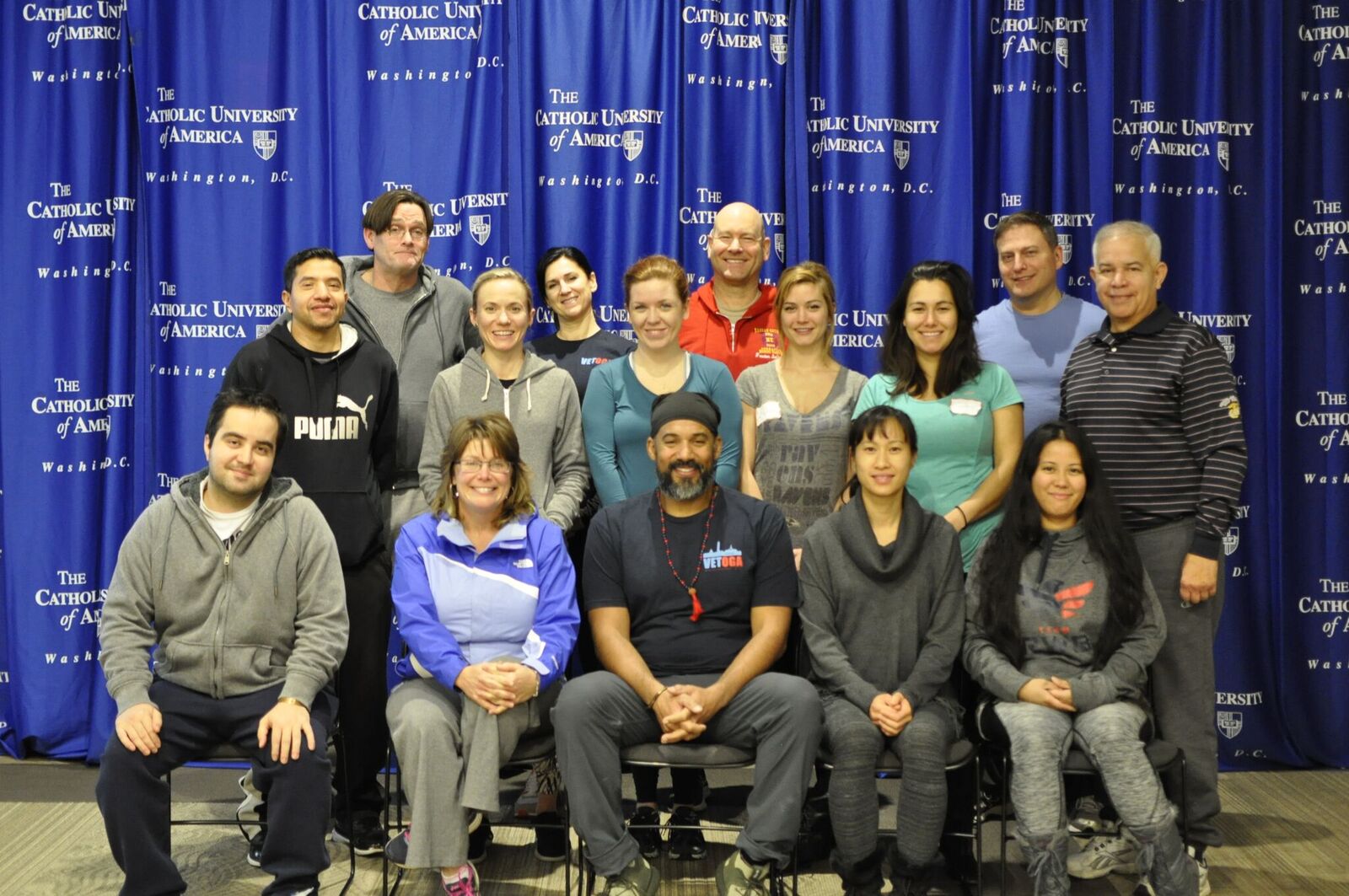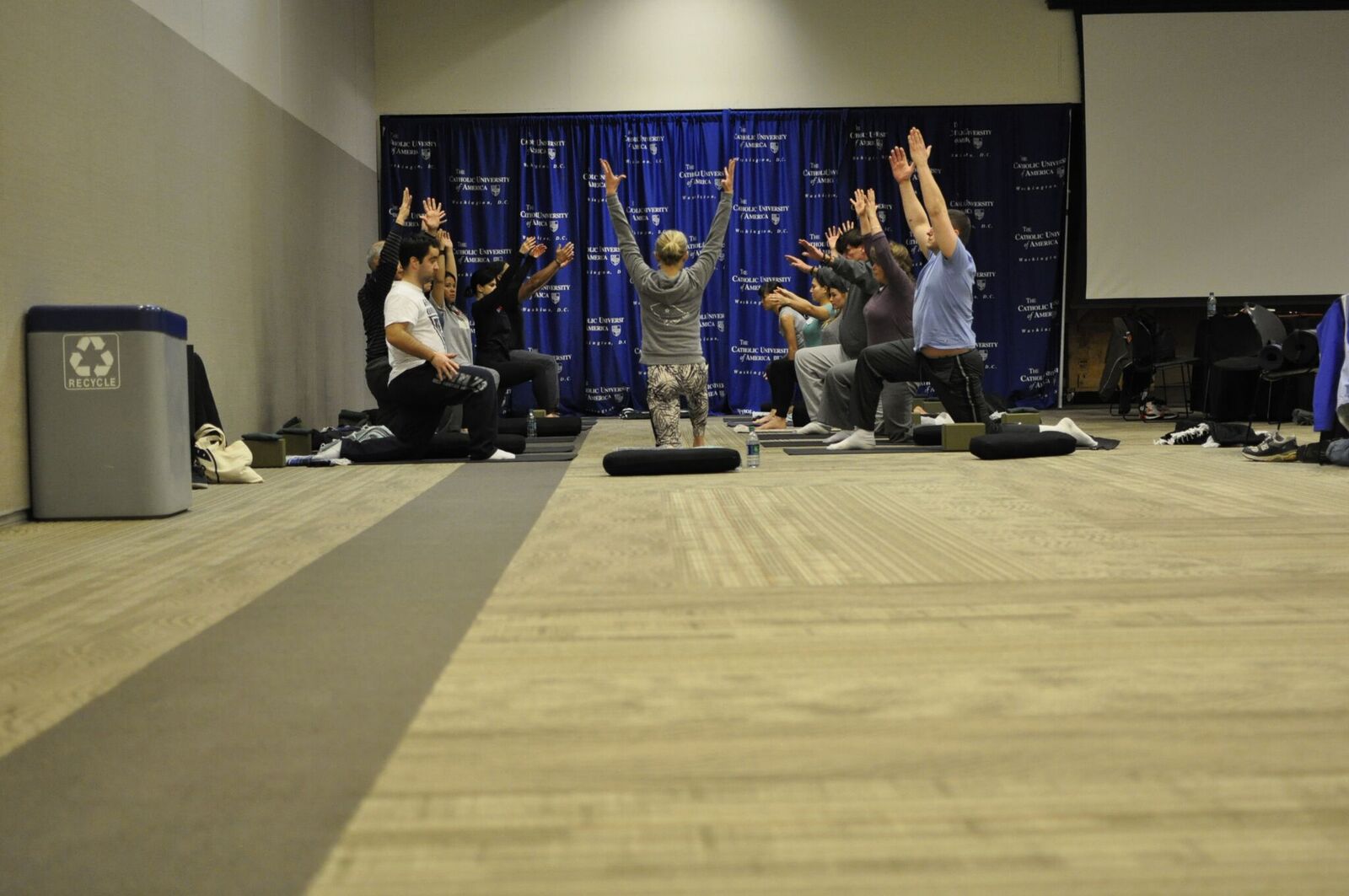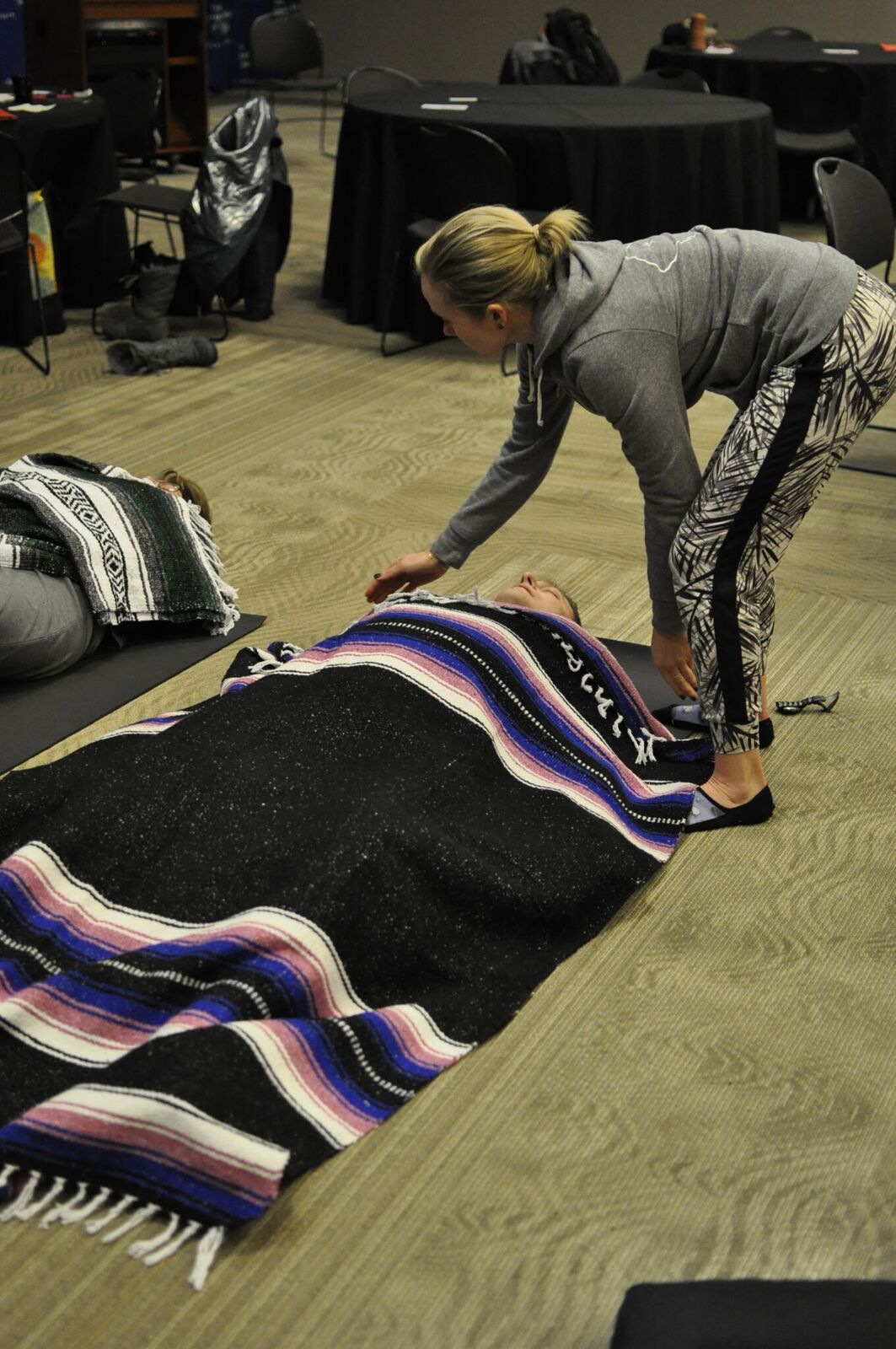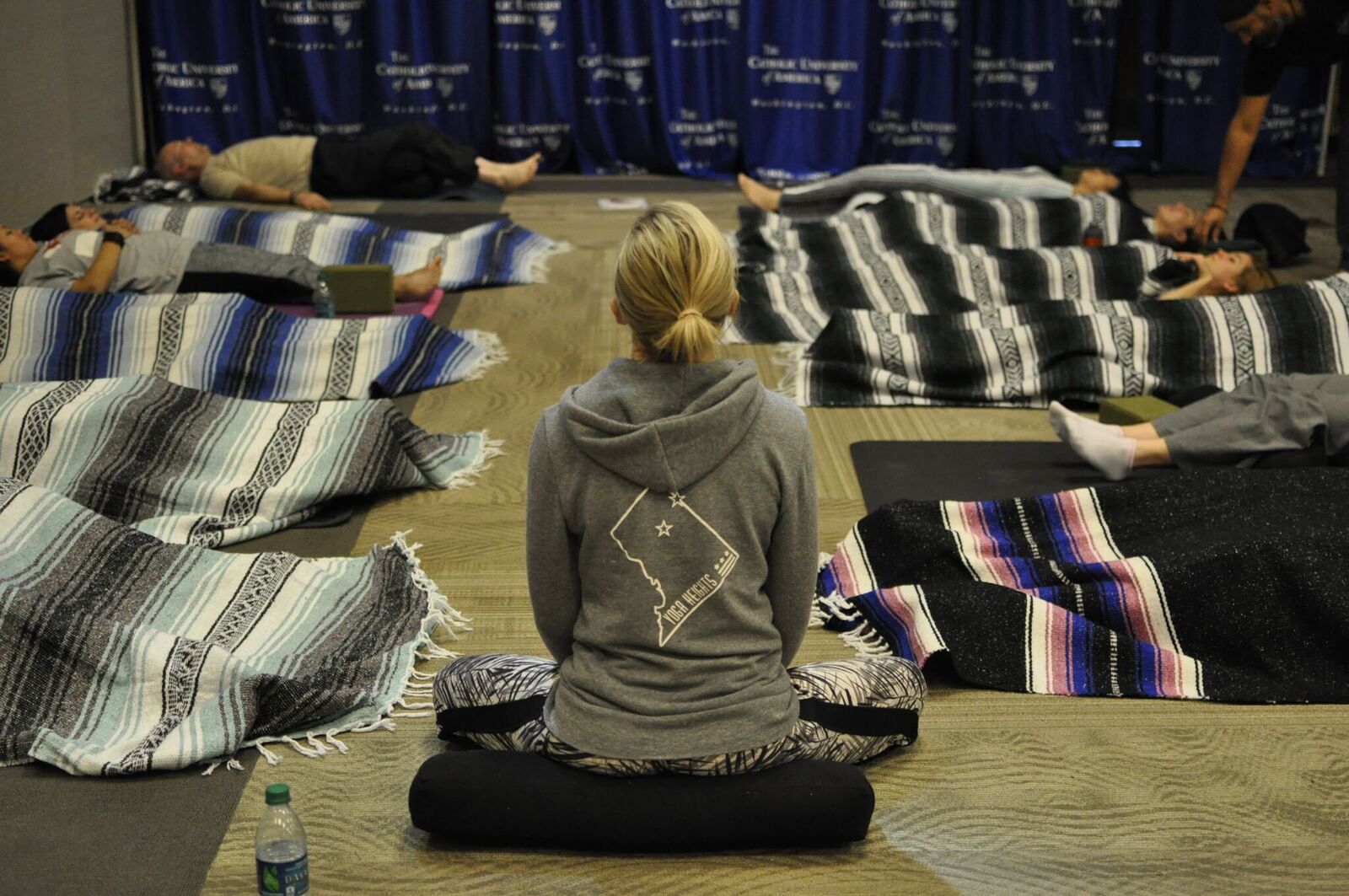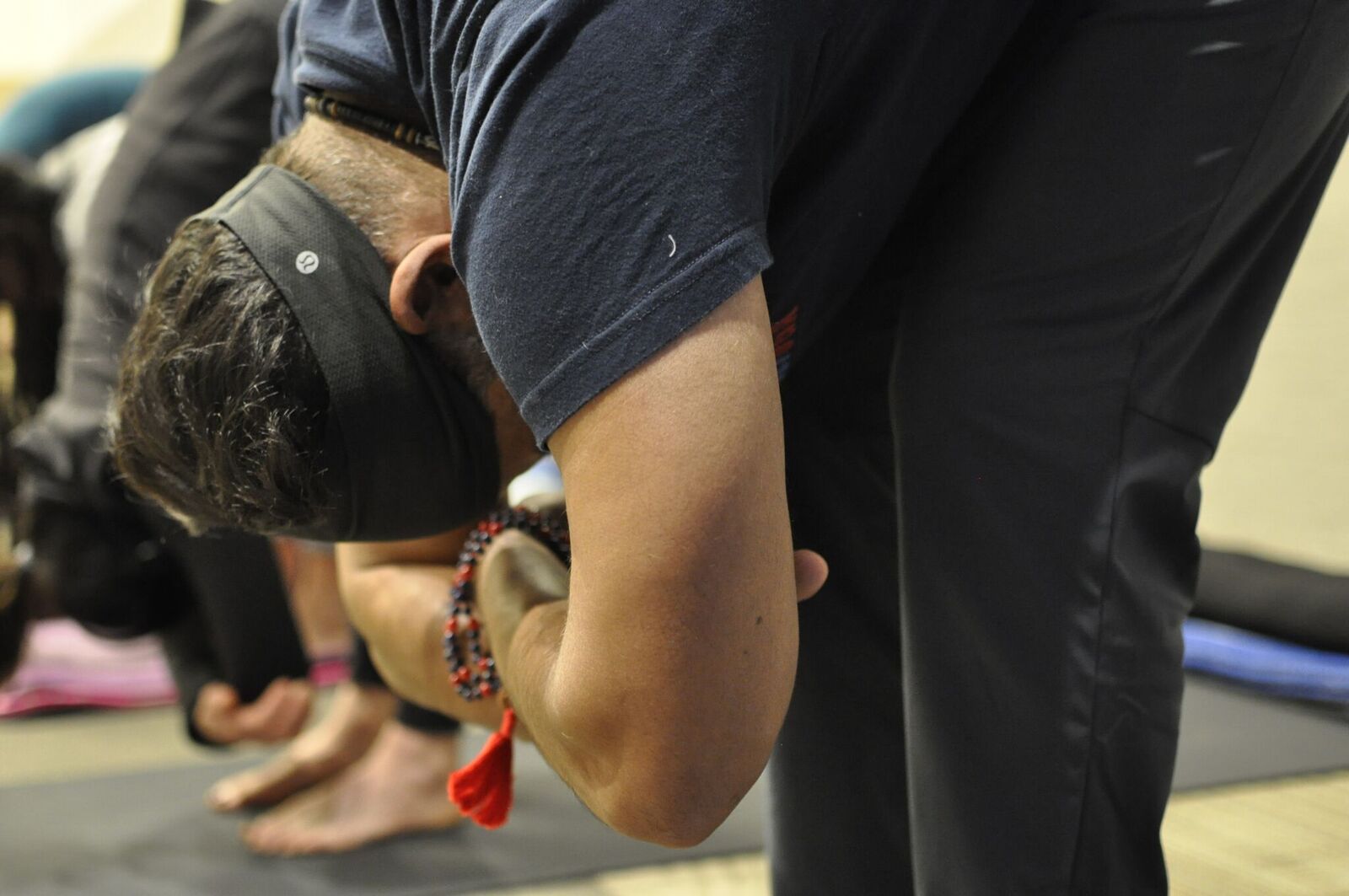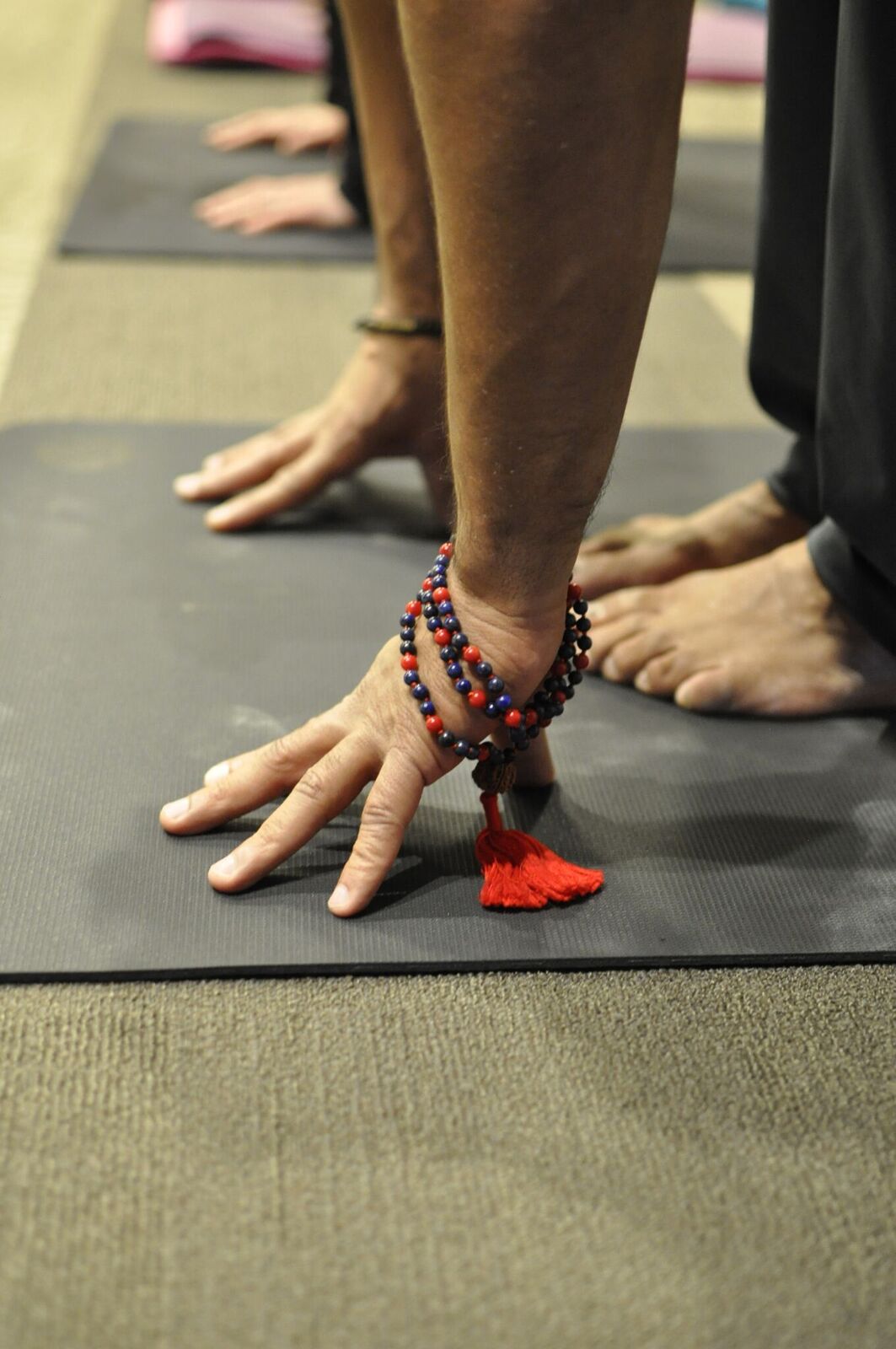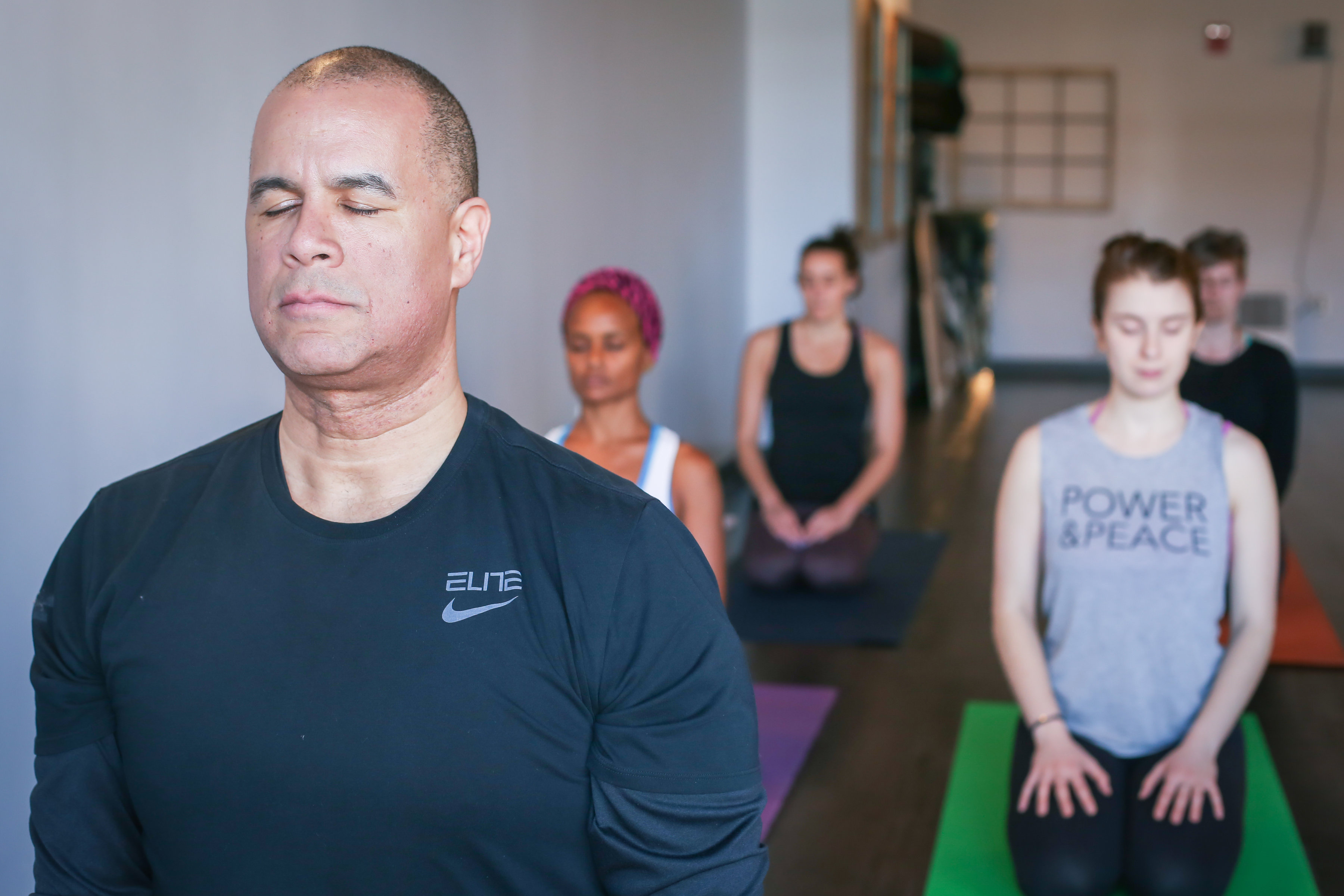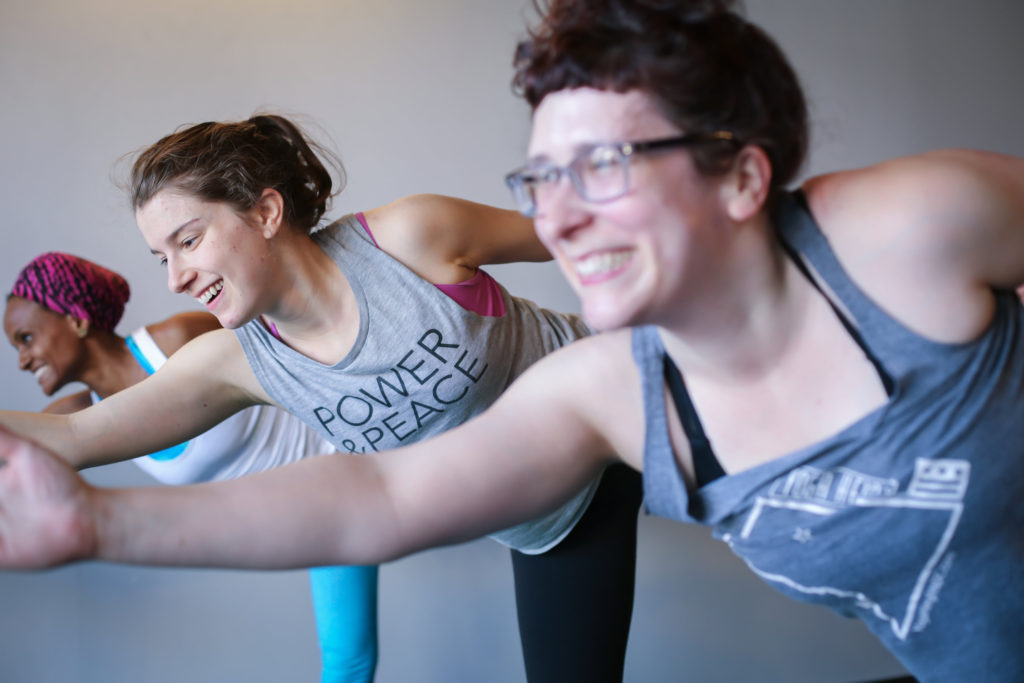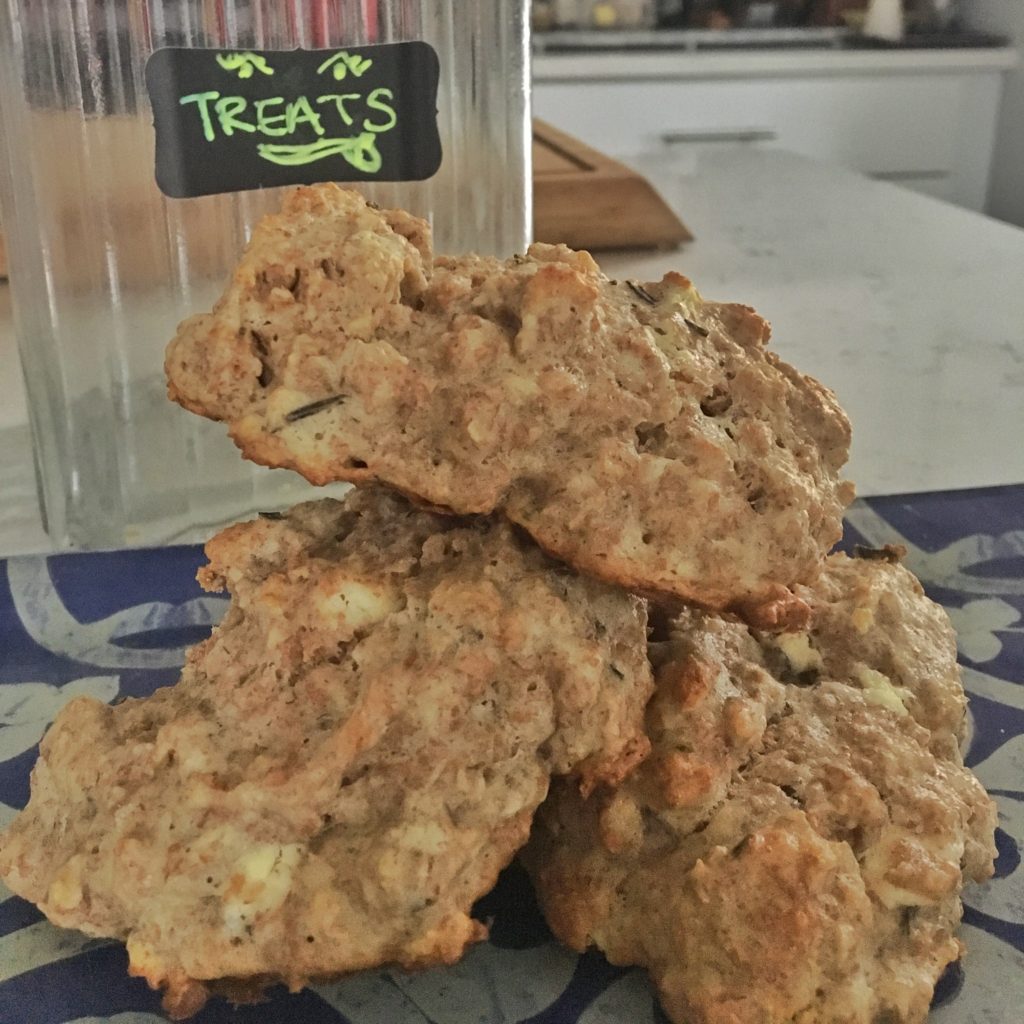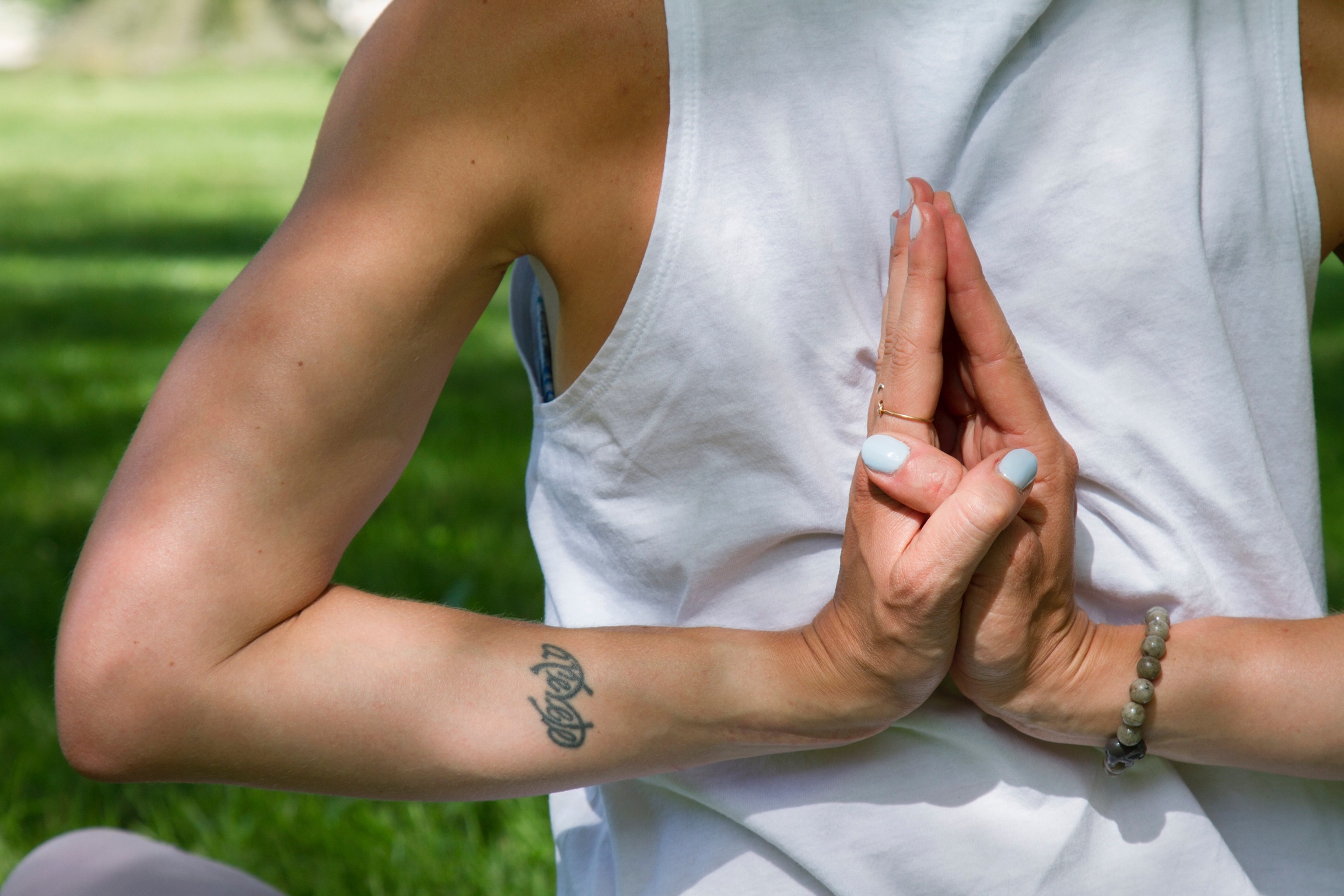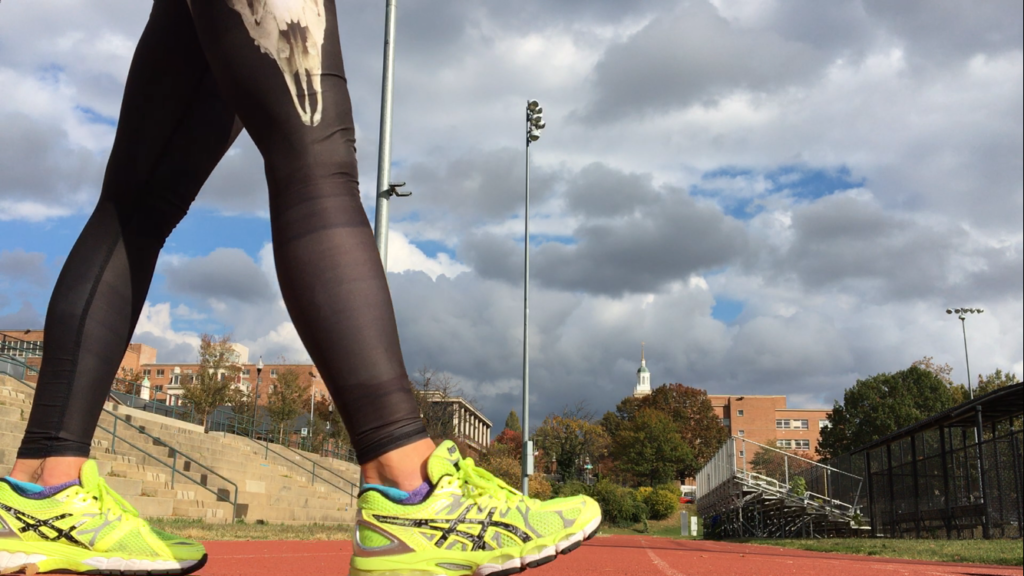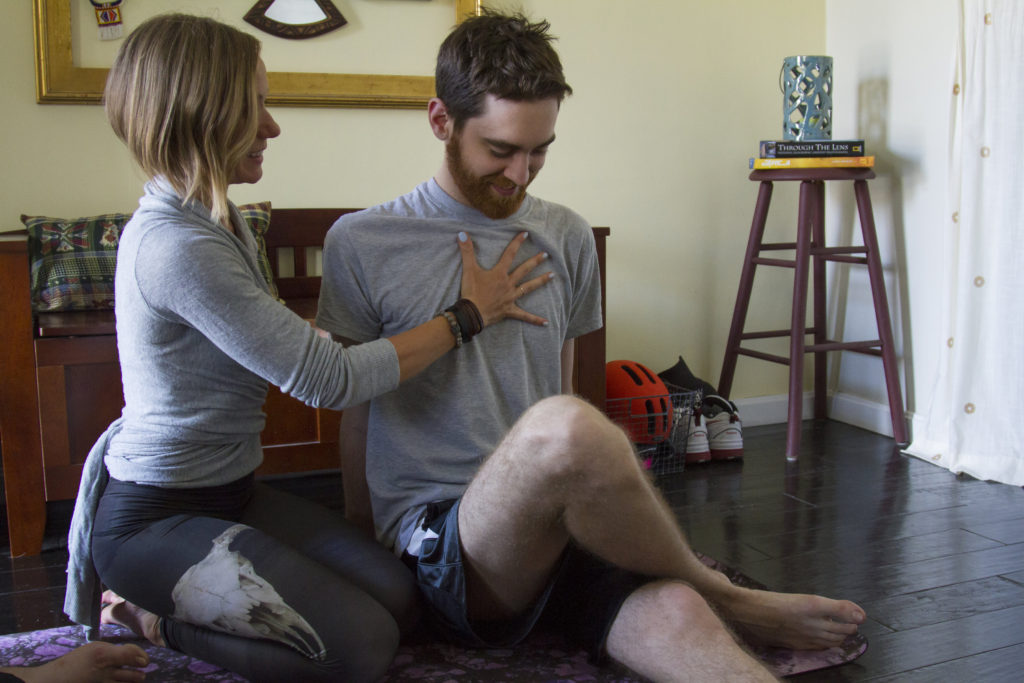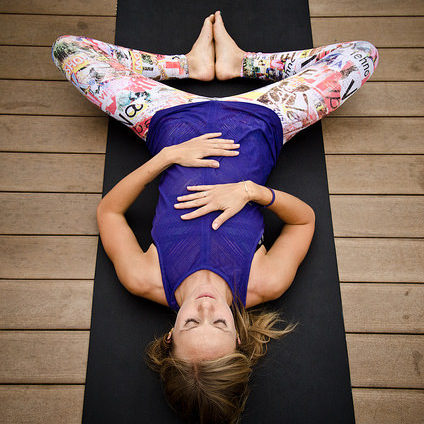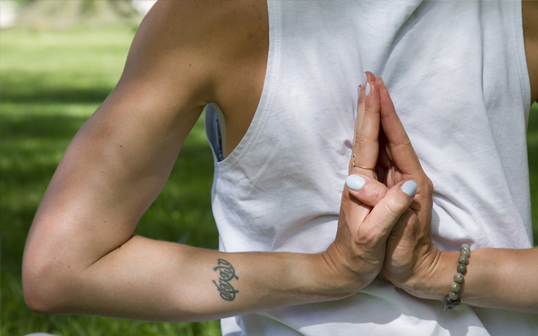For athletes and fitness seekers, sports injuries are par for the course. The fact that they’re commonplace if not somewhat inevitable does not make them any easier to cope with. The best way to address sports injuries is to avoid them in the first place by properly warming up before exercise, cooling down and stretching afterwards, and most importantly, listening to your body when it’s telling you to pull off the throttle. Unfortunately, most of us don’t learn (and apply) this good sense until we’ve experienced a sports injury that sidelines us long enough to feel beyond frustrated to the point of resolve—I’m going to treat my body better from this point onward.

So, what do you do when you find yourself injured? Do you go with tried and true techniques like RICE (Rest, Ice, Compression, and Elevation)? Or more high-tech therapy methods like ultrasound? And what about the all too often neglected mental aspect of recovering from sports injuries? The answer: all of the above.
The Tried and True: RICE
Most athletes are familiar with the term RICE. RICE is a crucial first step in post-injury triage. Rest, ice, compression and elevation are particularly important in the first 24-48 hours following sports injuries. Rest means exactly what it sounds like—significantly pulling back on your normal activity levels immediately following an injury and continue to moderate for a period of time after that agreed upon by you and your doctor. Step one of this tried and true method is often the hardest part for active individuals and can have the most challenging psychological effects—less endorphins means lower energy and more frustration. While difficult, stepping on the brakes then modifying for days, weeks or hopefully not week, is absolutely essential to proper, lasting recovery.
Ice, compression and elevation are all about reducing inflammation localized at the site of damage, not only providing comfort but also speeding your body’s healing time. All three are important immediately after injury but can also be used as you starting gearing back up and exercising again. If you’ve never given compression tape a try, next time you’re heading out to train wrap your injured area snuggly (without cutting off your circulation) and see how you feel. You might be surprised what a little targeted pressure and passive support can do.
Scientific Therapy
So you’ve gotten through the first two days post-incident using RICE, but you’re still in pain. Now what? Time to see a doctor, or if your healthcare doesn’t require a primary care physician’s reference, maybe go straight to a trusted physical therapist (PT). Whether seeing a doctor or PT, a medical professional will help determine your action plan for getting back in the game. Quite often they can also provide a timeline for when you can expect to start feeling “normal” again, which is most people’s top concern when it comes to sports injuries.
A doctor or PT will likely suggest a multi-faceted course of action including light stretching, modified exercises (both assisted and unassisted), and possibly some more high-tech options like ultrasound therapy. Ultrasound therapy may help accelerate the healing and repair process of soft tissues (think hamstrings, gluteal muscles, lower back, etc). Ultrasound, a.k.a. sound waves of a high frequency, causes tissues to vibrate, which ultimately produces heat within ligaments, tendons, scar tissue and fibrous joint capsules. This heat is thought to reduce inflammation by attracting protective mast cells and increasing blood flow to the site of injury. It may also increase collagen production, an essential process for tissue repair because it is the primary protein component in soft tissues. Though studies are mixed, ultrasound is a worthwhile therapeutic option to explore with your physical therapist as a part of your overall strategy for pain reduction and the healing process for sports injuries.
The Mind-Body Connection
It is no secret that athletes (and all humans) have ego. It can be really hard to admit to yourself, let alone others, that sports injuries range from frustrating to utterly devastating. Apart from the diminished endorphins experienced in the wake of injury, the affected individual may grapple with something akin to the Kübler-Ross model, more commonly referred to as the “five stages of grief.” You may laugh but sports injuries have serious psychological impacts and you’re wise to give them the attention they deserve or they will undoubtedly hinder your path to recovery.
This series of five emotional stages starts with denial and leads to anger, bargaining and depression before reaching the ultimate stage of acceptance. When it comes to sports injuries, not everyone will experience every stage in this model. Denial usually sounds something like, “I’ll be back at it in no time” or “it’s probably nothing. I’ll just ice it and be good to go tomorrow.” Nobody wants to deal with the realization that they might be out of commission for an unknown stretch of time, thus we often move into the anger phase. Anger may rise up and fall away pretty quickly, but a majority of the time it rears its feisty head in one way or another—hopefully you surround yourself with compassionate and empathic people when you go on the woe-is-me war path. Once the anger subsides, the “if onlys” arrive—a.k.a. bargaining. If only I had pulled back when I felt that first tweak of pain; if only I hadn’t run those extra 5 miles; If only, well, you get the idea. We all do it, but those questions get you nowhere other than mad at yourself and exhausted by all that mental circling. Perhaps it is that fatigue that makes way for depression. When depression settles in post-injury, it is a weight that can be hard to shake. It’s important to surround yourself with good friends, good doctors, and a good outlook at this stage in the process in order to move into the world of acceptance ASAP. Acceptance should be called forward motion. It’s all about putting one foot in front of the other and taking concrete, positive steps toward healing your body and spirit.
Some of us get from stage one to stage five in a matter of days. For others it may take longer. The quickest way to get from denial to acceptance and avoid dwelling in the trenches of the less productive emotions is to learn about your injuries and ask questions. The better you understand your injury, the recovery time, the reasoning behind your treatment plan, alternative exercises you can safely do, the big no-nos, and how to know if you’ve gotten worse in some way, the easier it will be to move forward. By understanding your injury and knowing what to expect during the recovery process you will experience much less anxiety and feel a sense of control over the outcome.
Finally, don’t underestimate the power of positive thinking. If your self-talk is self-defeating you’re going to get in your own way. A positive outlook is arguably the most important factor influencing your path to recovery. Healing can’t happen if you don’t listen to what your body and mind need and attend to those needs compassionately and with conviction. Remember, the body is an amazing machine. You will be amazed at how quickly it remembers how strong, fast and enduring it was prior to your injury.
View the STACK Media version of my article here.
